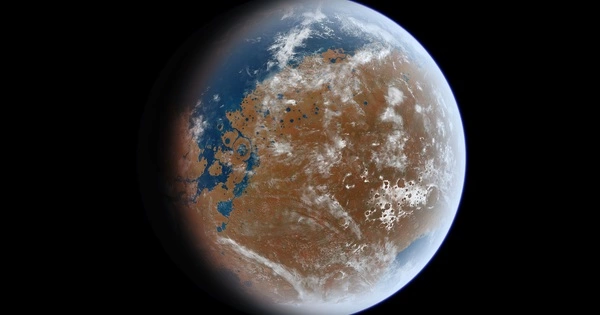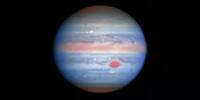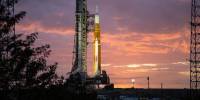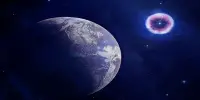As far as we know, there is no planet in our solar system or beyond that poses a direct threat to end life on Earth. However, there are certain events or phenomena in space that could potentially have catastrophic effects on our planet. One such event is a large asteroid impact. Although the likelihood of such an impact is relatively low, it is not impossible. In fact, scientists believe that a massive asteroid impact was responsible for the extinction of the dinosaurs about 66 million years ago. If a similar event were to happen today, it could have devastating consequences for life on Earth.
According to a UC Riverside experiment, a terrestrial planet orbiting between Mars and Jupiter could push Earth out of the solar system and wipe out life on Earth. Stephen Kane, an astrophysicist at UCR, explained that his experiment was designed to fill two significant gaps in planetary science.
The first is the size difference in our solar system between terrestrial and giant gas planets. Earth is the largest terrestrial planet, and Neptune is the smallest gas giant, four times wider and 17 times more massive than Earth. There is no in-between.
This fictional planet gives a nudge to Jupiter that is just enough to destabilize everything else. Despite many astronomers having wished for this extra planet, it’s a good thing we don’t have it.
Stephen Kane
“There are many planets with masses in that gap in other star systems. They are known as super-Earths “Kane stated. The other difference between Mars and Jupiter is their relative position to the sun. “Planetary scientists frequently wish for something between those two planets. It appears to be a waste of space “He stated.
These gaps could provide important insights into the architecture of our solar system and the evolution of Earth. Kane filled in the blanks by running dynamic computer simulations of a planet between Mars and Jupiter with a variety of masses and then observing the effects on the orbits of all other planets.
The results, published in the Planetary Science Journal, were mostly disastrous for the solar system. “This fictional planet gives a nudge to Jupiter that is just enough to destabilize everything else,” Kane said. “Despite many astronomers having wished for this extra planet, it’s a good thing we don’t have it.”

Jupiter is much larger than all the other planets combined; its mass is 318 times that of Earth, so its gravitational influence is profound. If a super-Earth in our solar system, a passing star, or any other celestial object disturbed Jupiter even slightly, all other planets would be profoundly affected.
Depending on the mass and precise location of a super-Earth, its presence may eventually eject Mercury, Venus, and Earth from the solar system. It could also destabilize Uranus and Neptune’s orbits, tossing them into outer space.
The super-Earth would alter the shape of our planet’s orbit, making it far less habitable than it is now, if not putting an end to life entirely. Kane saw that if he reduced the planet’s mass and placed it directly between Mars and Jupiter, the planet could remain stable for an extended period of time. Small movements in any direction, however, and “things would go poorly,” he said.
The findings have implications for planets in other solar systems’ ability to support life. Though Jupiter-like planets, which are gas giants far from their stars, are only discovered about 10% of the time, their presence could determine whether neighboring Earths or super-Earths have stable orbits.
These findings renewed Kane’s admiration for the delicate order that holds the planets together around the sun. “Our solar system is more finely tuned than I previously realized. Everything works like intricate clock gears. When you add more gears to the mix, everything breaks” Kane stated.
















